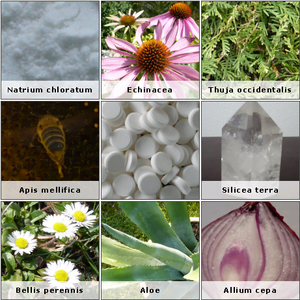Port Wine Stains, affecting three out of 1000 births, are considered an irregular “vascular” birthmark. Appearing at birth and resulting from an over-abundance of blood vessels, the mark not only impacts the patient’s social and emotional well being but also may impact the patient’s physical well being. Understanding the identification, health implications and treatments of port wine stains will assist the patient in leading a more fulfilled life.
The cause and origin of a port wine stain is unknown. What is known is the condition is congenital but not hereditary and does not appear to be related to any condition of pregnancy nor trauma to the mother. What is also known is that the stains appear as irregular patches of light or pale pink discoloration which gradually deepen in color with progression of time. Unlike standard birthmarks, port wine stains will enlarge and grow as the skin grows. Found usually on the face, neck, shoulders or chest, the patches, as they grow, will not only darken in color but may also transist from a smooth marking to a marking demonstrating a more thick and pebbled appearance. The malformation is the result of an over abundance of tiny blood vessels in the upper levels of the skin; blood vessels connecting veins and arteries. Because the growth and location of the stains is relatively consistent, medical science has identified conditions and diseases which may impact the patient’s health status.
Health conditions resulting from a port wine stains can have lifelong implications. If left untreated, these conditions can lead to blindness, seizure disorders and can even become fatal. It is crucial, therefore, that a patient monitor the growth and appearance of a port wine stain. One such condition, Sturge-Weber syndrome, occurs in port wine stains located on the face around the eyes. The condition results in damage to the cranial nerves, specifically the trigeminal nerve, and can lead to seizure disorders or glaucoma and, possibly, blindness. As a result, patients with port wine stains, in the eye region, will under require extensive diagnostic testing with consultations by a neurologist and opthamologist. For the port wine stains affecting the limbs, a condition known as Klippel-Trenaunay Syndrome, may be the primary concern. Because the port wine stain grows as skin grows, and may become pebbled and thick, the pre-mature development of varicose veins is of concern. As with Sturge-Weber Syndrome, this syndrome also requires extensive diagnostic testing and specialist consultation. Unlike Sturge-Weber, however, Klippel-Trenaunay Syndrome may lead to pulmonary embolisms and, in rare cases, death.
Because the cause and origin of port wine stains has yet to be determined, the treatment options are limited. For most patients, the least expensive form of care, topical creams, are utilized to mask the stain from public view. Because the stains are extensively noticeable, the patient may wish to mask the stain to avoid social and emotional embarrassment. As an alternative to topical creams, laser treatment has been developed. While more costly, the treatment has proved successful in 80% of the patients treated. With several treatments, and routine maintenance visits, the patient, in most cases, will experience a total removal of the stain. With laser treatment, tissue, red pigment and blood vessels, deep within the skin are targeted and vaporized. While the treatment is not painful, it may be uncomfortable for some patients and may lead to discoloration of the remaining skin tissue; usually a light or darker pigmentation change. Laser treatments are FDA approved and will require maintenance laser treatments to ensure the stain does not re-appear.
Whatever the choice of treatment, it is imperative that a patient, inflicted with a port wine stain, continue to monitor for changes in the appearance of the stain and, when observed, seek medical attention. In rare cases, the development of more serious conditions may arise resulting in extensive disease and, in rare cases, death.



